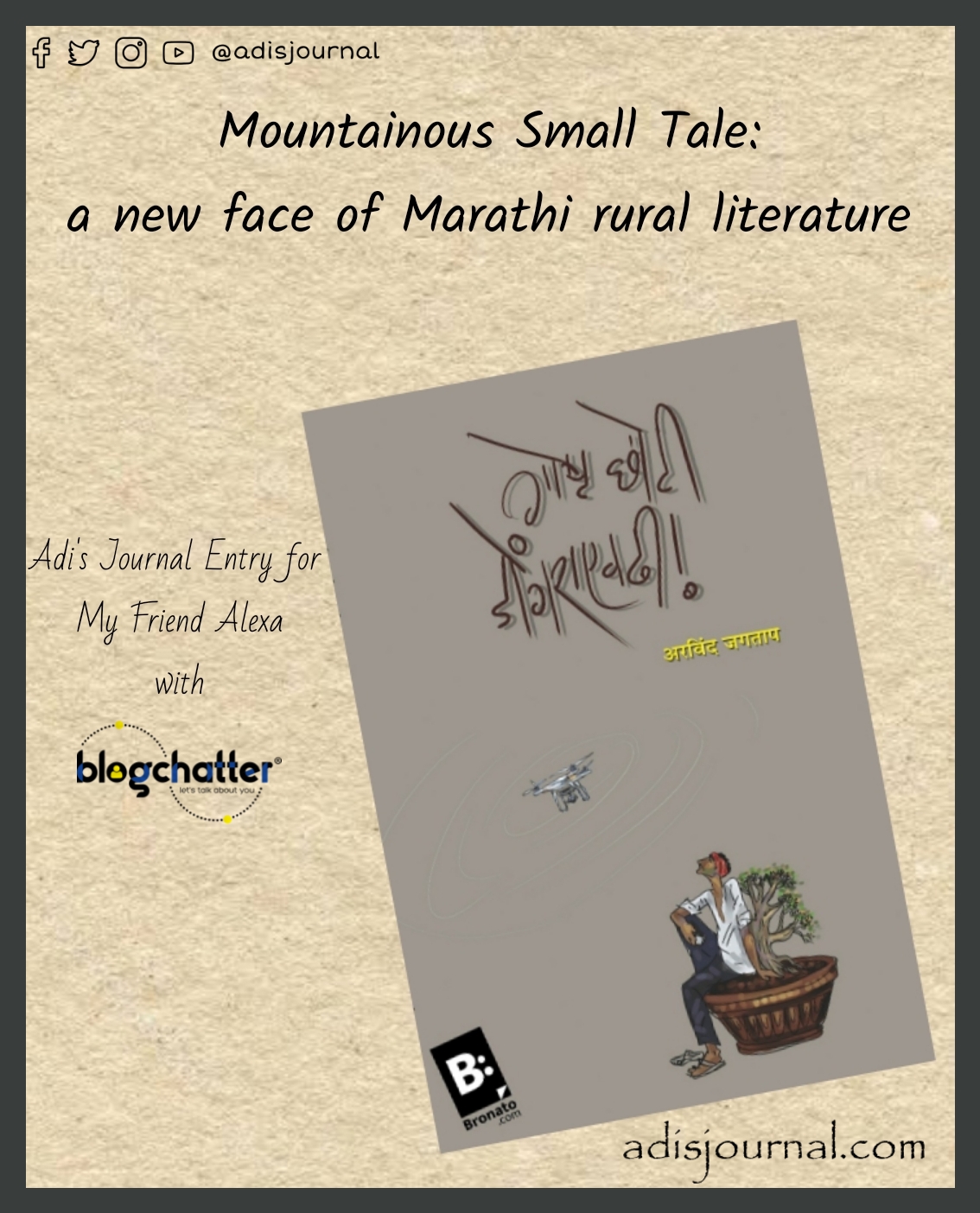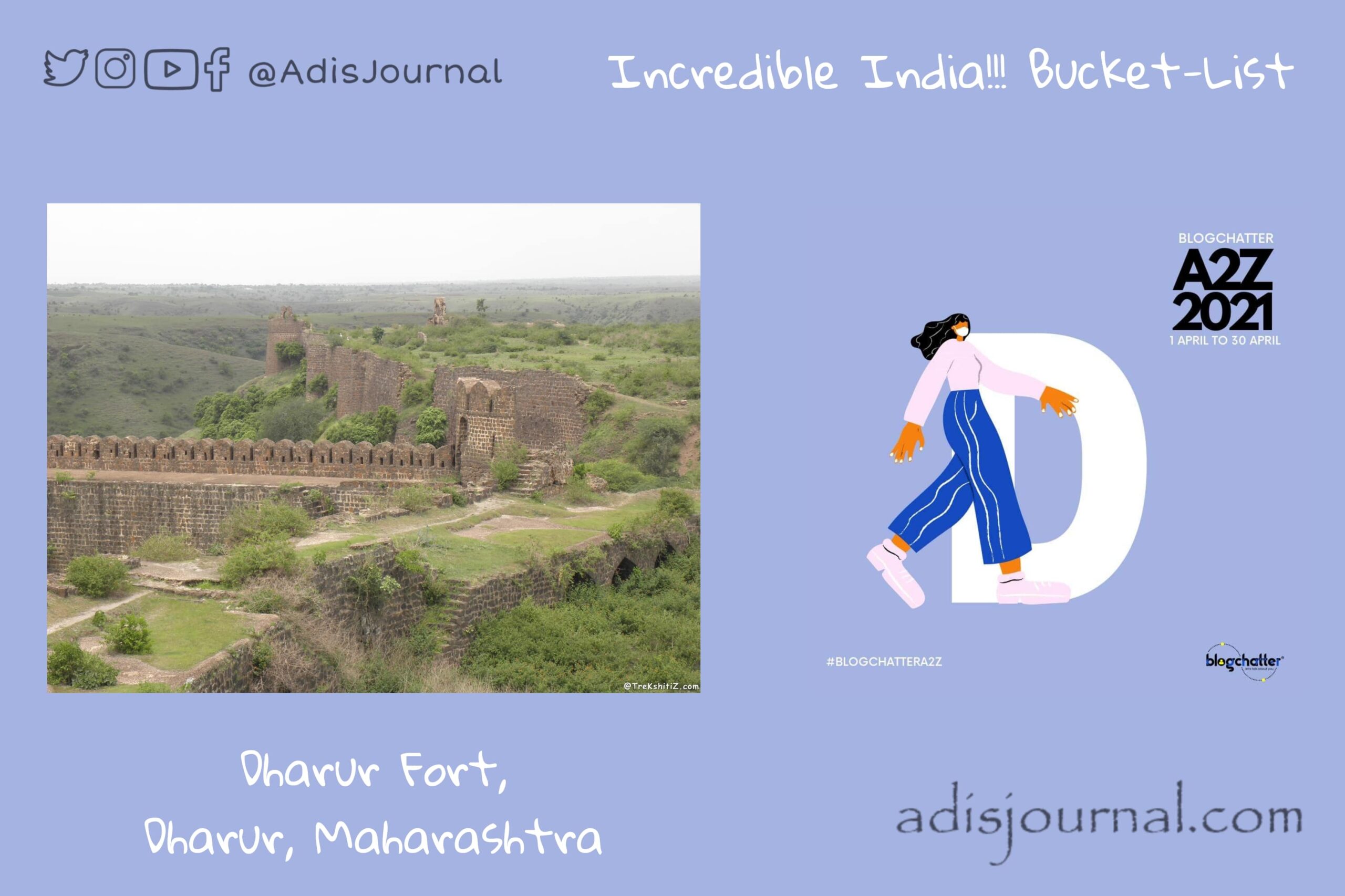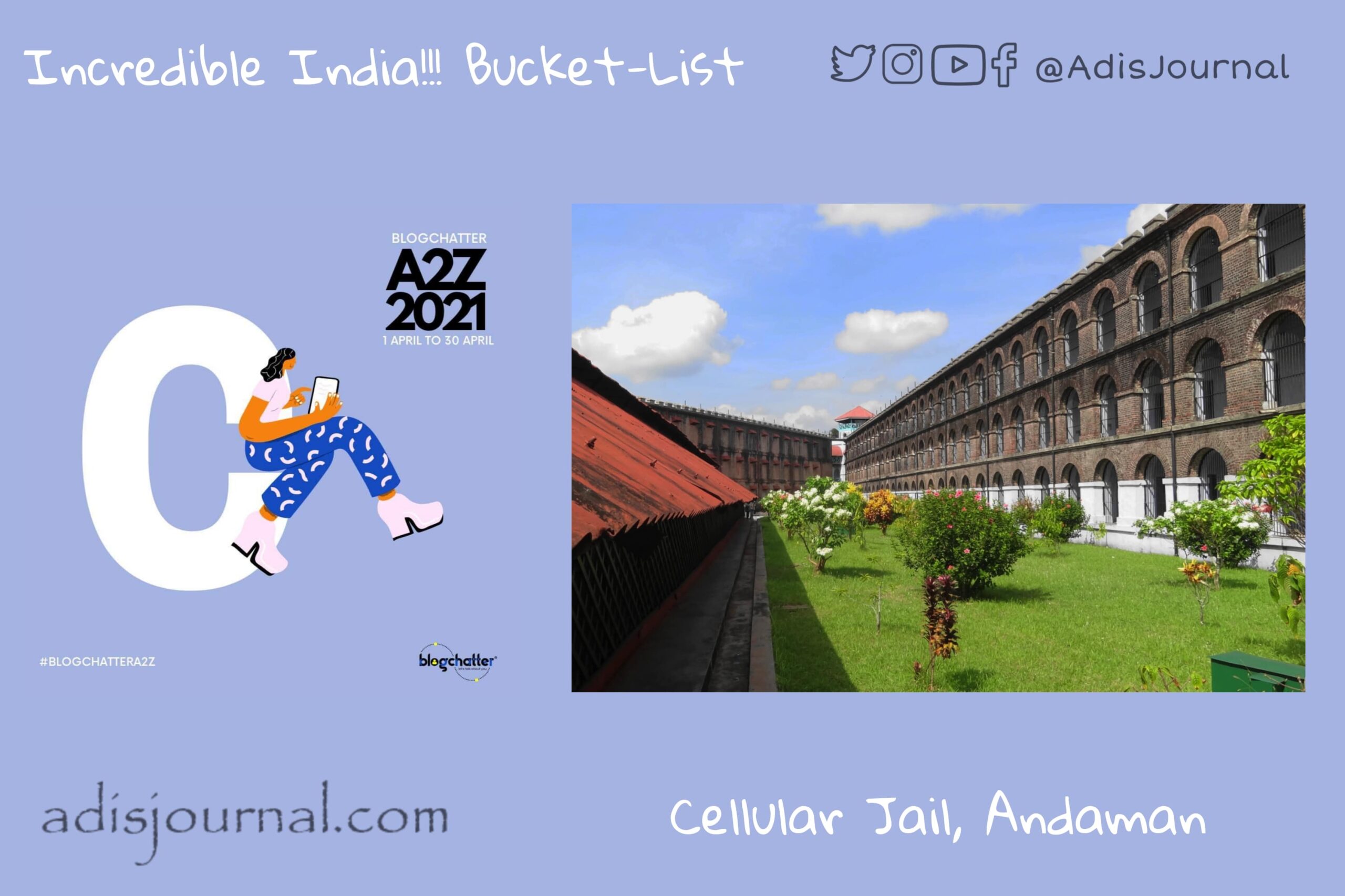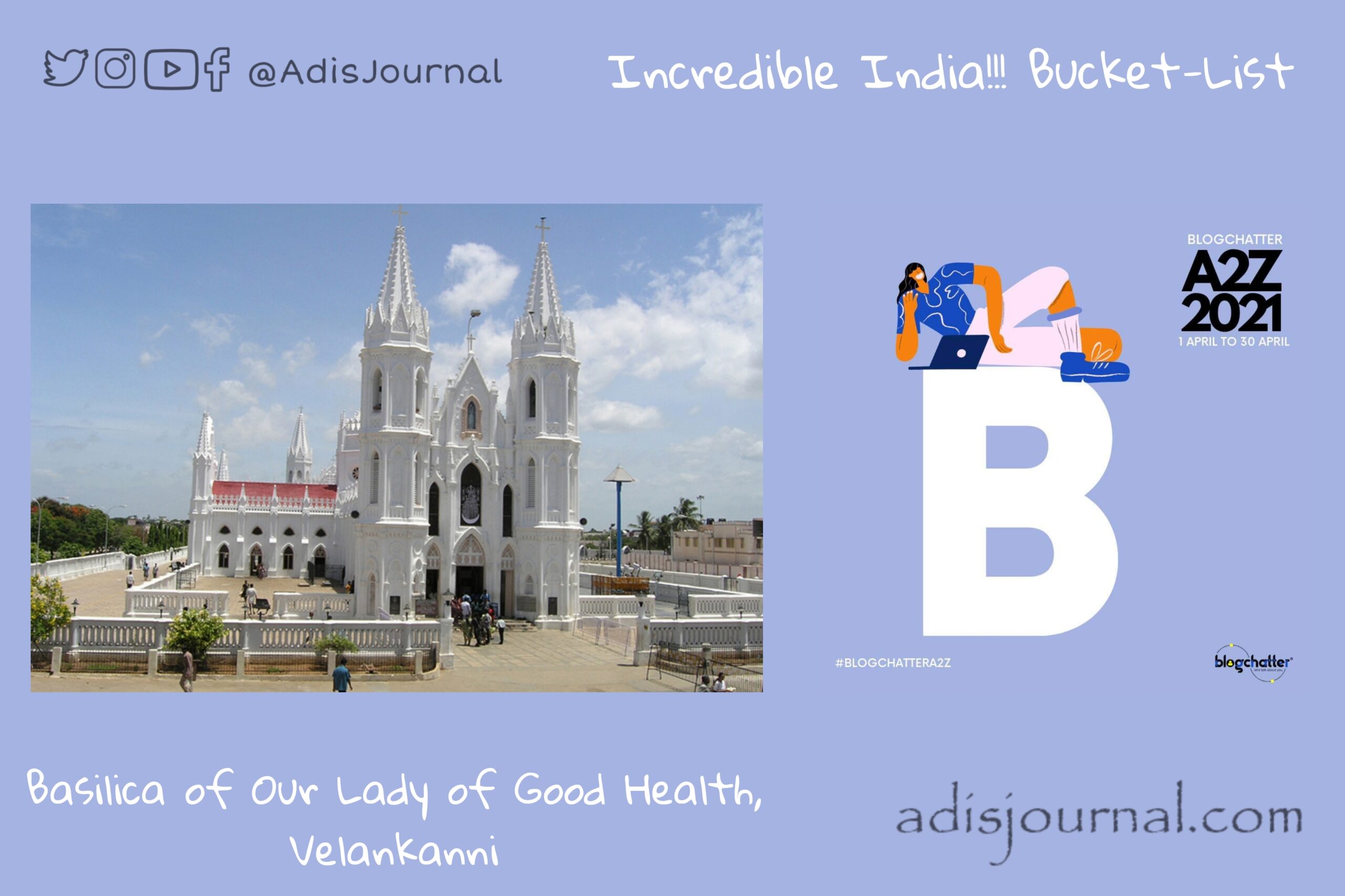
Maharashtra and Marathi language have a very long illustrious legacy of literature. Today I am going to introduce you to one of the present torchbearers of this legacy. Most of the Marathi household knows him for his wonderful letters for the popular comedy show “Chala Hawa Yeu Dya” of Zee Marathi. Yes, you guessed it right. Mr. Arvind Jagtap. “पत्रास कारण की” was the session in programme where open letters written by him were performed by Sagar Karande. He opened up his heart about social issues via his letters. गोष्ट छोटी डोंगराएवढी (Mountainous Small Tale) is a short story collection written by Mr. Arvind, I feel, is a new face of Marathi rural literature.
Blurb:
सगळ्याच गोष्टी दाद मागण्यासाठी सांगितल्या जात नसतात. काही गोष्टी आपल्या मनावर डोंगराएवढं ओझं वाटत असतात. कुणाला तरी सांगायला पाहिजे असं वाटतं. एकदा शुटींगच्या निमित्ताने एका गावात ड्रोन हवेत उडवला होता. गावकरी जमा झाले होते. कुतुहल म्हणून त्यातला एक माणूस म्हणाला, “किती दिवस झाले राव वर बघून! आभाळाकडे बघणंच सुटलं होतं.” धक्का बसला ऐकून. माणसं वर बघायचेच विसरून गेलेत काही ठिकाणी. आग ओकणारा सूर्य असतो खुपदा वर. तेंडूलकर जेवढा कौतुकाने वर आकाशाकडे बघत उतरायचा ना तेवढ्या कौतुकाने बळीराजा वर बघत शेतात जायला हवा. ऐकायला साधी वाटते ही अपेक्षा पण खूप अवघड आहे. गावोगाव अशाच गोष्टी आहेत.
प्रत्येक शेतकऱ्याची गोष्ट छोटी वाटते पण असते डोंगराएवढी
– अरविंद जगताप
Mirroring today’s rural life
We always have romantic notions like beautiful countryside, lush green farms, clean air. However, ground reality is starkly different from this. Mr. Jagtap has captured this reality with all the nuances of today’s rural life. His storytelling is so crisp and engaging that you don’t feel the weight of serious issues about which a story is written. These stories are from rural areas of Maharashtra. A couple of them take place in cities yet they have a strong rural connection through a student from a village living in a boarding school in the city, or a group of friends who came to the city with an agenda to meet some politician for work, etc.
I got introduced to this book by Spruha Joshi’s YouTube video in which she narrated a story from this book titled “अमर रहे! पण कुठे?”. It’s a story about a martyred soldier and the way his village receives his body for last rites. Other than this, पाकिस्तानच यान (Pakistan’s Spaceship), किस (Kiss) and गायीचं काय करायचं? (What to do with this cow?) are some of the stories that made a strong impact on my mind. Arvind has a unique style of visual storytelling. Characters and places from his stories come to life in front of you while you read.
My Rating
Book Cover: 4.5/5
Storytelling: 5/5
About the book
Title: गोष्ट छोटी डोंगराएवढी
Paperback Publisher: Indian Bharat Publications
E-book Publisher: RBONATO.com
ISBN: 9788194148203
Where to buy:
- Amazon E-book
- Amazon paperback
- Bookganga
- Nearest bookshop
I’m taking my blog to the next level with Blogchatter’s My Friend Alexa. My current ranking is 396,140. I am trying to improve on this. Hope you all enjoy these Marathi books too.




































